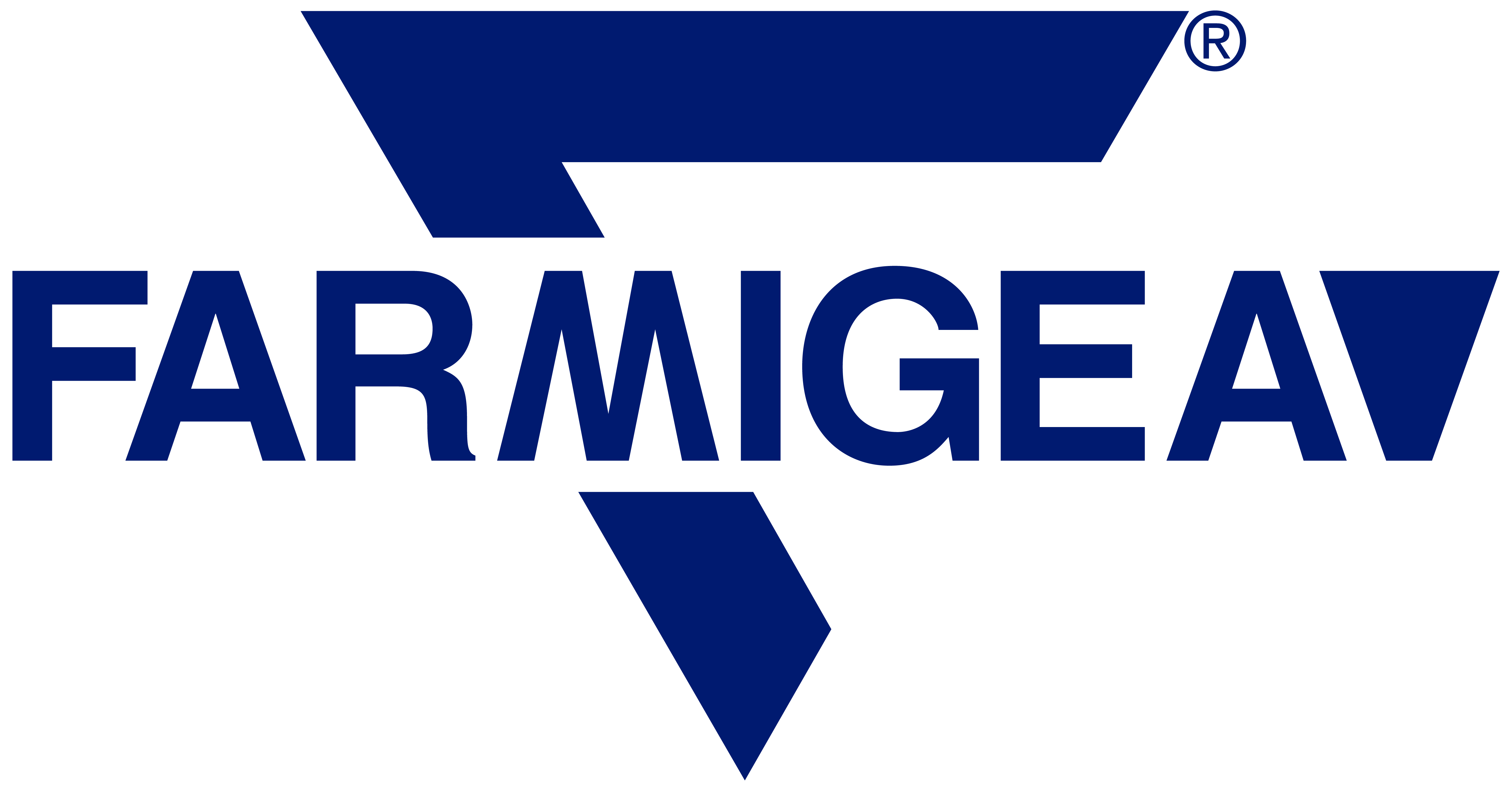World Water Day: a project of valorisation of local groundwater
World Water Day 2022
Water is a basic element of our existence and our activities, which is why in 1992 United Nations (UN) established an anniversary to celebrate its importance.
Considering that only 3% of the water on earth is "freshwater" it is crucial to implement initiatives and policies for the conservation and enhancement of the sources of supply. In this sense, the water reserves present in the subsoil, called "groundwater", represent the most important water resource for humans, thanks to its properties and its availability. However, it requires particular attention in the management of discharges and in monitoring the state of soil health.
Groundwater: Make the invisible visible
Groundwater includes all the aquifers present below the earth's surface that accumulate in the pores of the rock and in the fractures of the rock formations and which, over time, are recharged from the surface.
Although source is an invisible resource, groundwater plays an essential role for our society: it is used in agriculture, where about 40% of the food produced is irrigated by it, but also by industry and the health system.
At the same time, local public administrations, by virtue of its excellent biological and chemical-physical qualities, use this source of supply for the production of drinking water. In fact, representing about 30% of the fresh water immediately available, groundwater is the main source of water for more than 2 billion people.
Furthermore, they play a decisive role in adapting to climate change by regulating environmental flows that determine the maintenance of biodiversity and the habitat of sensitive ecosystems.
Despite his essentiality, humans are deteriorating this resource through unsustainable extraction practices and, above all, by contaminating the soil with heavy metals, chemical and toxic substances that are clearly harmful to human health.
Today, March 22, on the occasion of World Water Day, groundwater is emphasized, so we want to share the commitment that we put every day in the management of wastewater disposal.
Water in our business: a local matter
We have always paid particular attention to the issue of water management for two reasons: on the one hand the importance of this raw material for our processes, on the other because we want to contribute to the maintenance of the excellent biochemical state of the Pisan groundwater.
Ophthalmic form's production is obtained through an operational flow consisting of many phases, some of which find their key element in water. In the preparation phase, where all the components are mixed, water is the main excipient, and its quality is essential for the quality of the finished product. In addition, a large amount of water is used in the Cleaning phase to prevent cross-contamination of the tools used between one production cycle and another.
The disposal of used water must follow specific rules because if done irresponsibly it would contaminate the local water network: the pollution of the drainage areas leads to an accumulation of toxic substances in the ground which then fall back into the groundwater.

Wattson: innovation and sustainability for water purification
In collaboration with Laboratori ARCHA, Studio Flu, MAXXI eng. and PPM we have designed a pilot wastewater treatment plant that aims to be Innovative, Intelligent, Predictive, and Dynamic, using the principles of Industry 4.0.
The system is composed of three key components: the new NTP (Non-Thermal Plasma) technology, software interconnected with our production reality, and a network of sensors.
The software has been integrated with our production processes, thus allowing the plant to predict the polluting load that it will have to reduce and, at the same time, the possibility of modulating the use of cold plasma according to needs allows to achieve another goal, energy optimization. Finally, the sensor network monitors the effective disposal of pollutants during all stages of the process thus ensuring that completely purified water is discharged.
The innovation of the Wattson system lies not only in the technologies used but also in its sustainable approach: the components have been integrated into the existing system without replacing it, thus allowing an incremental improvement of efficiency.

